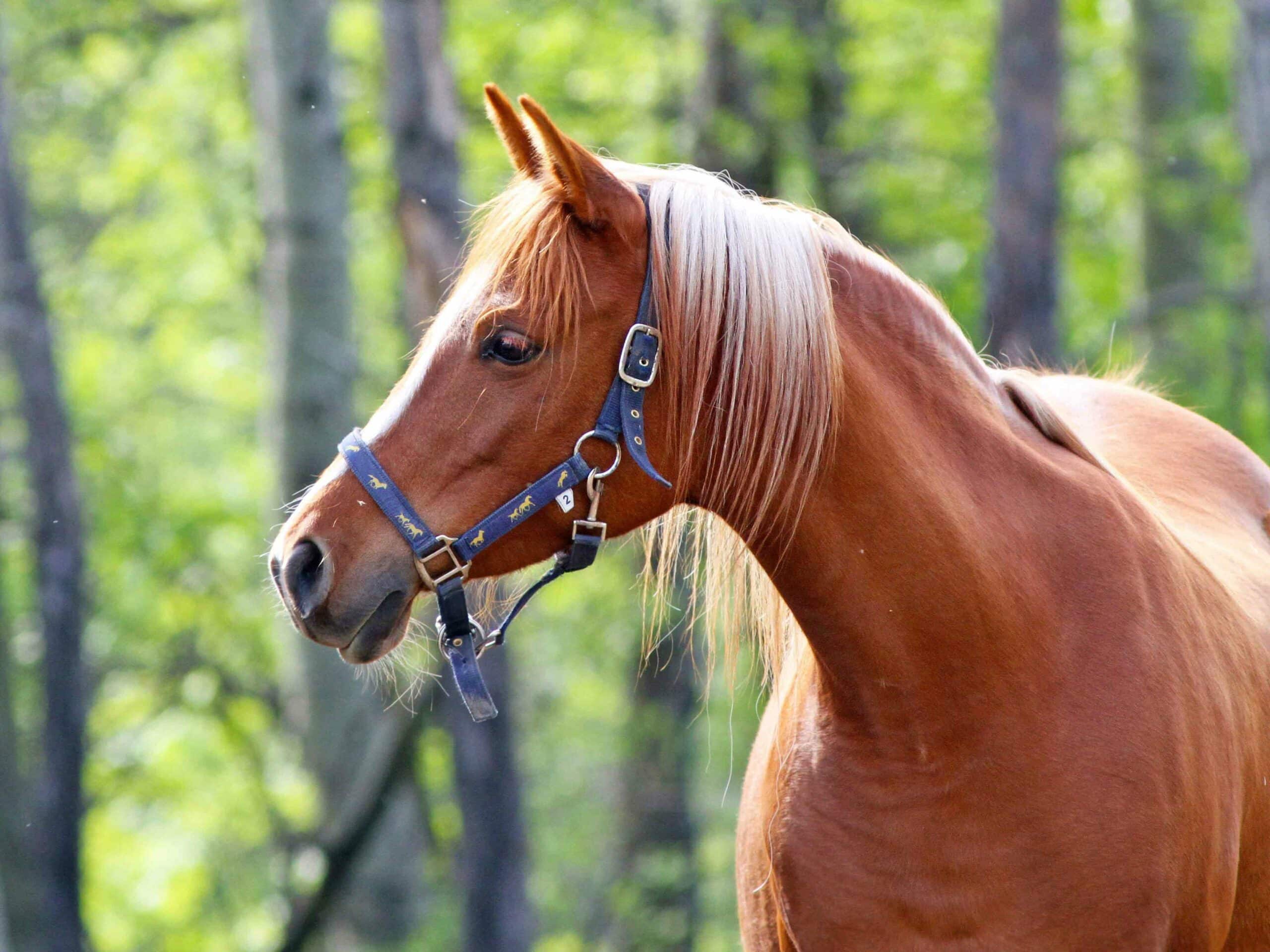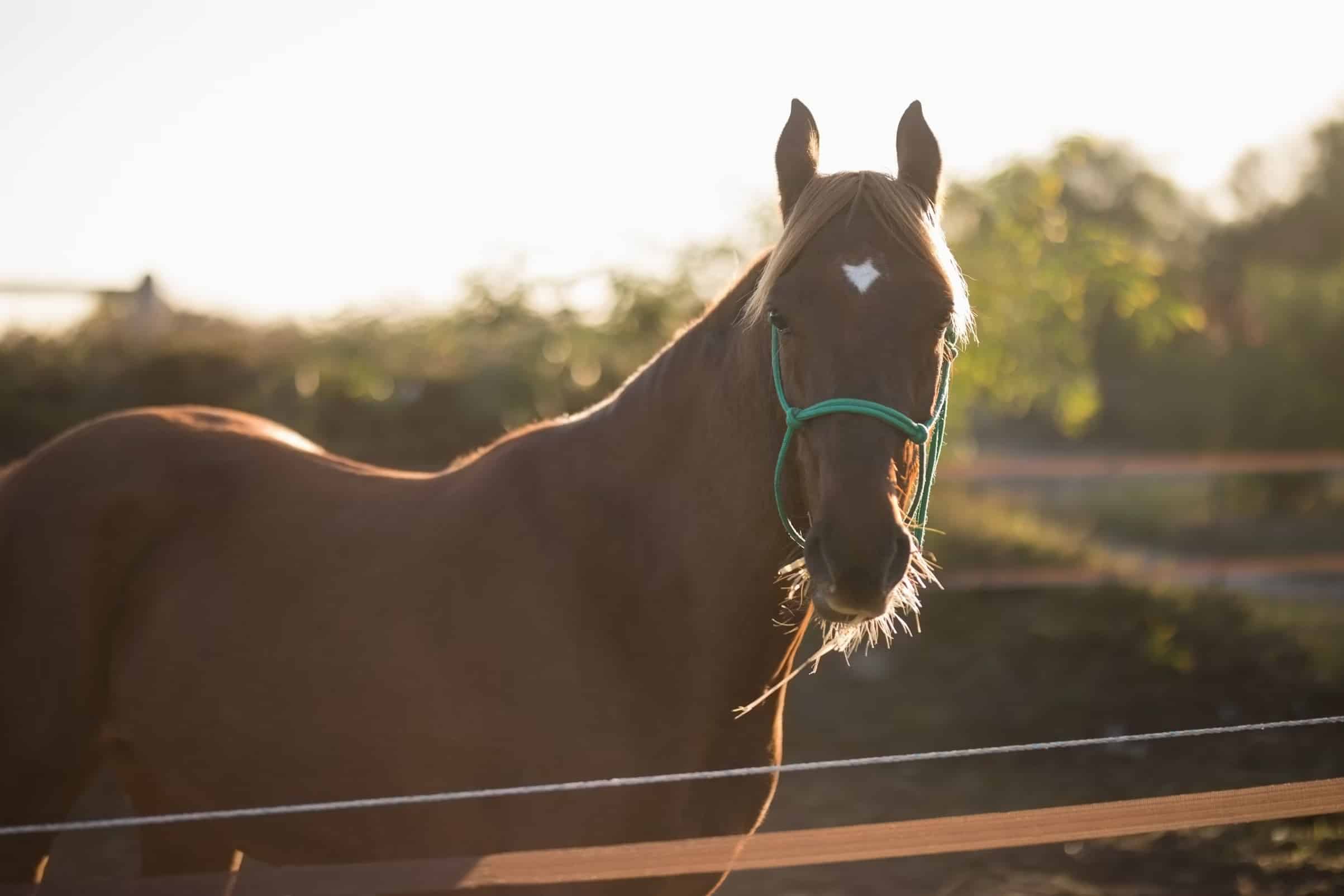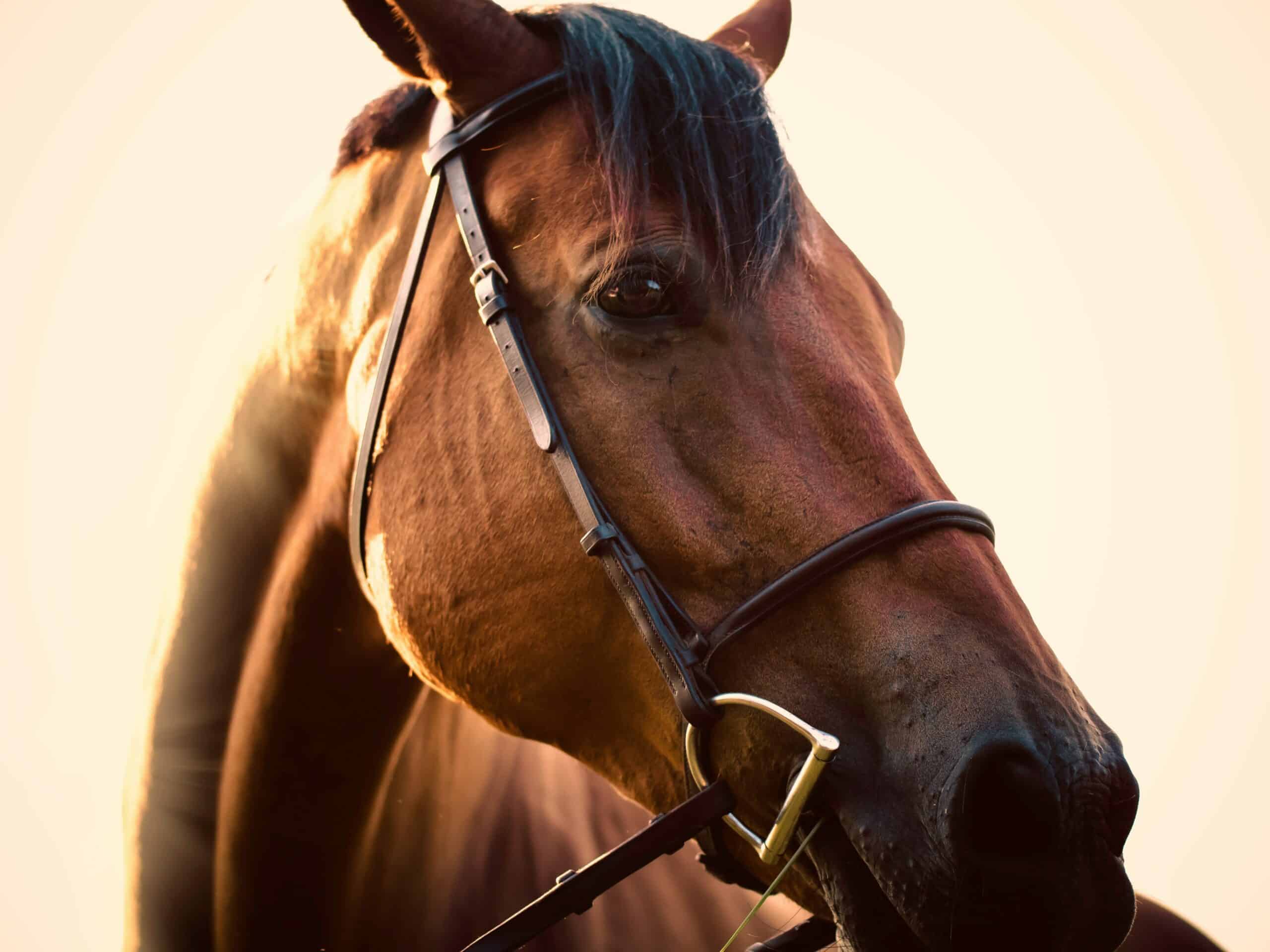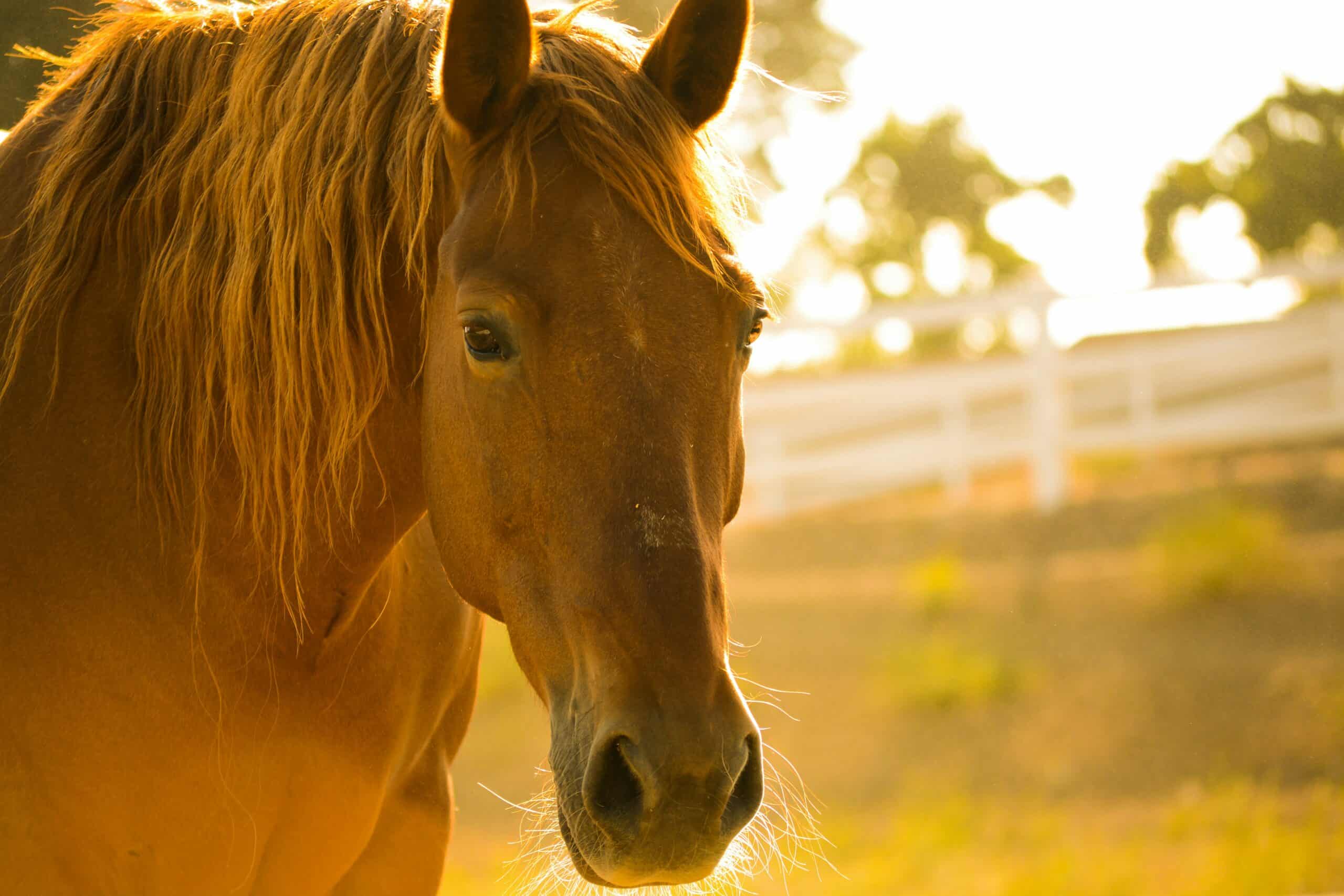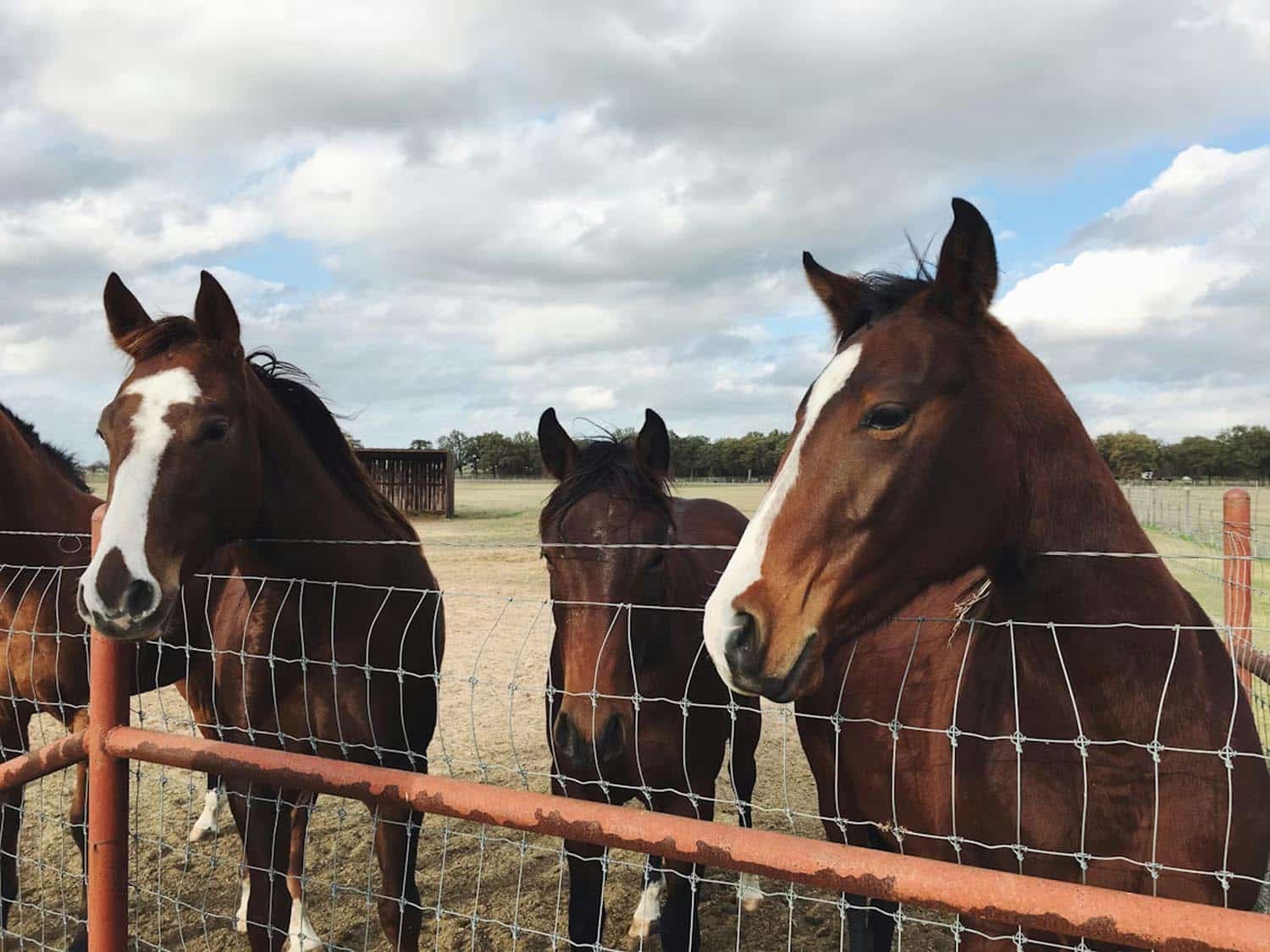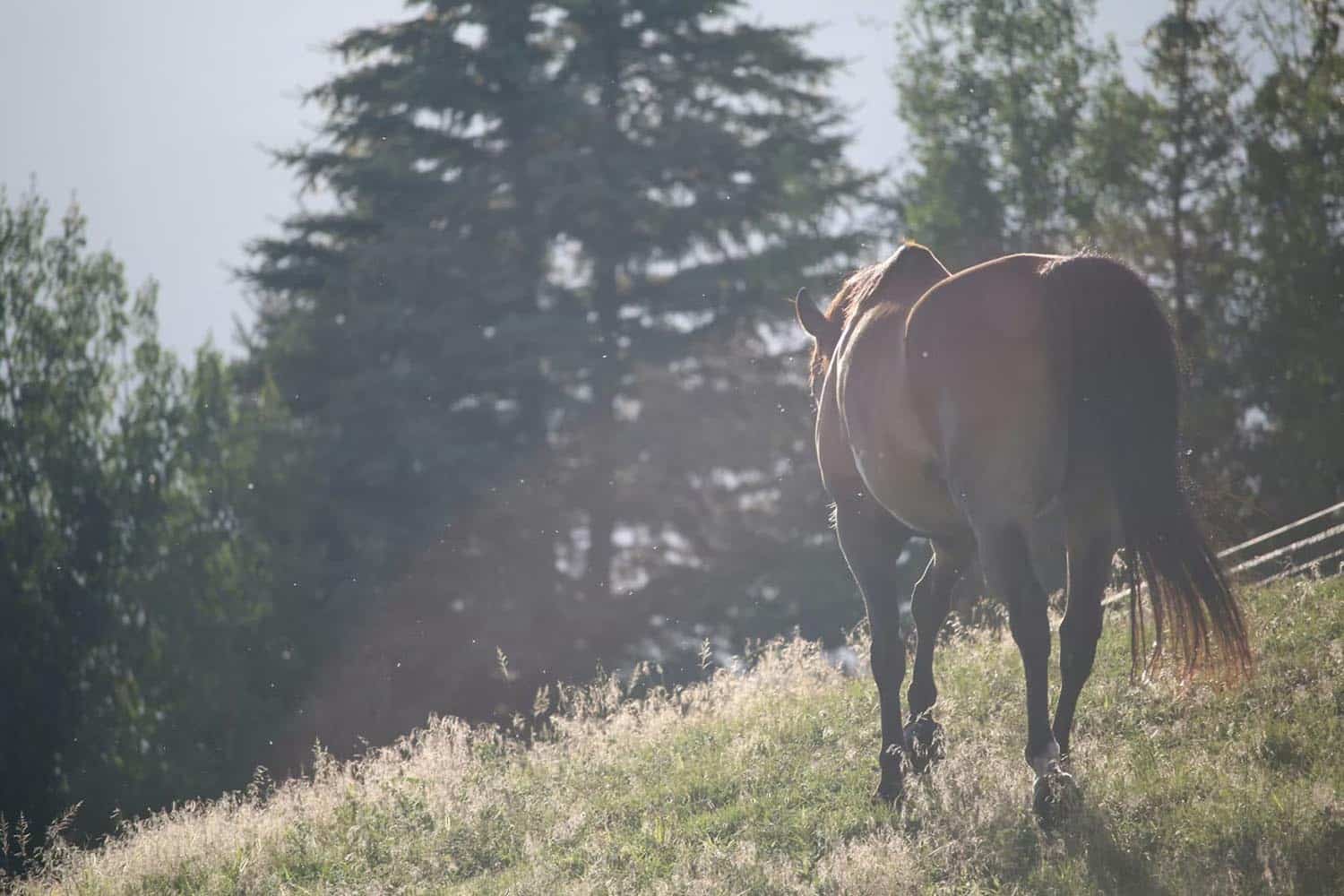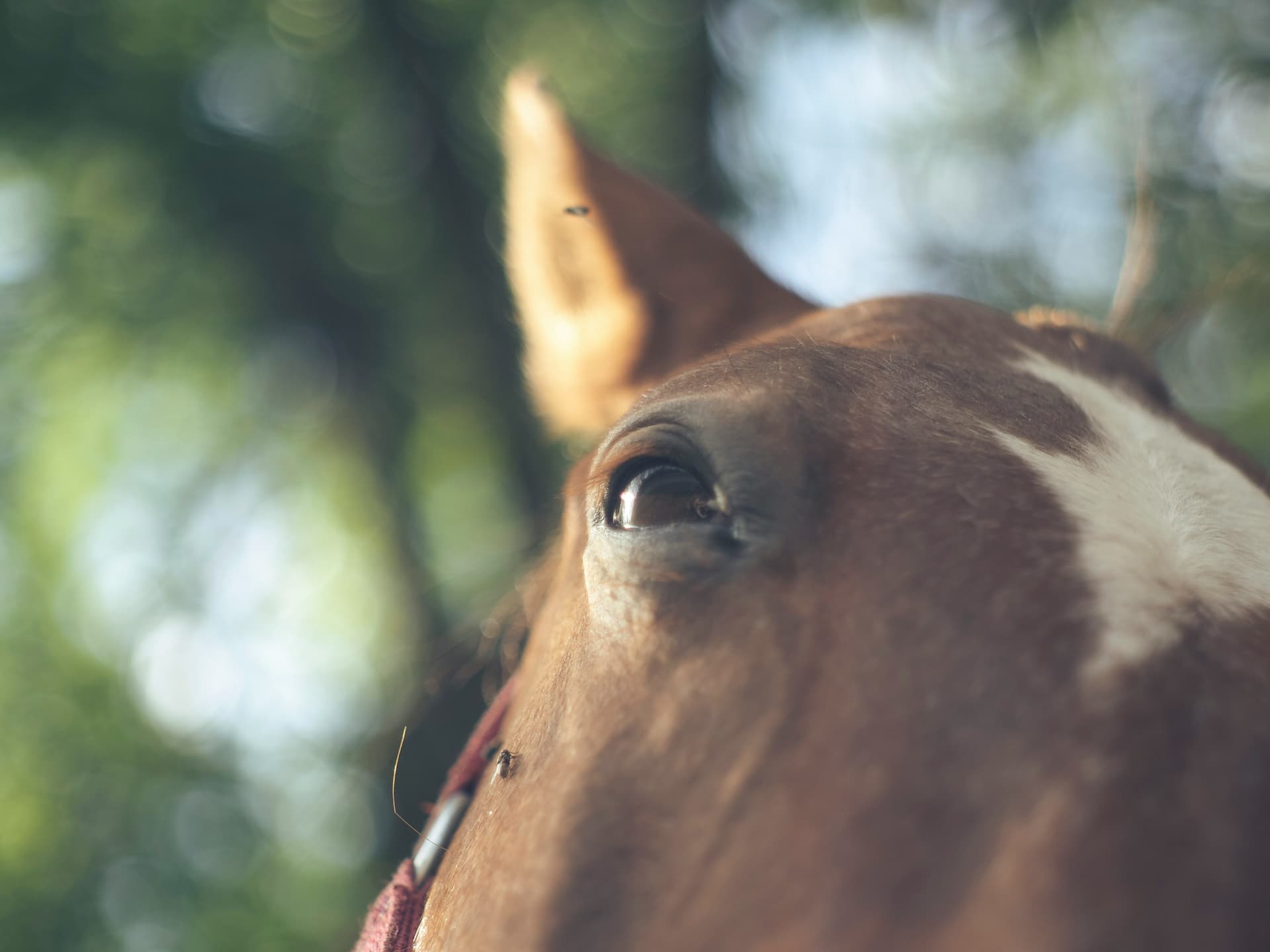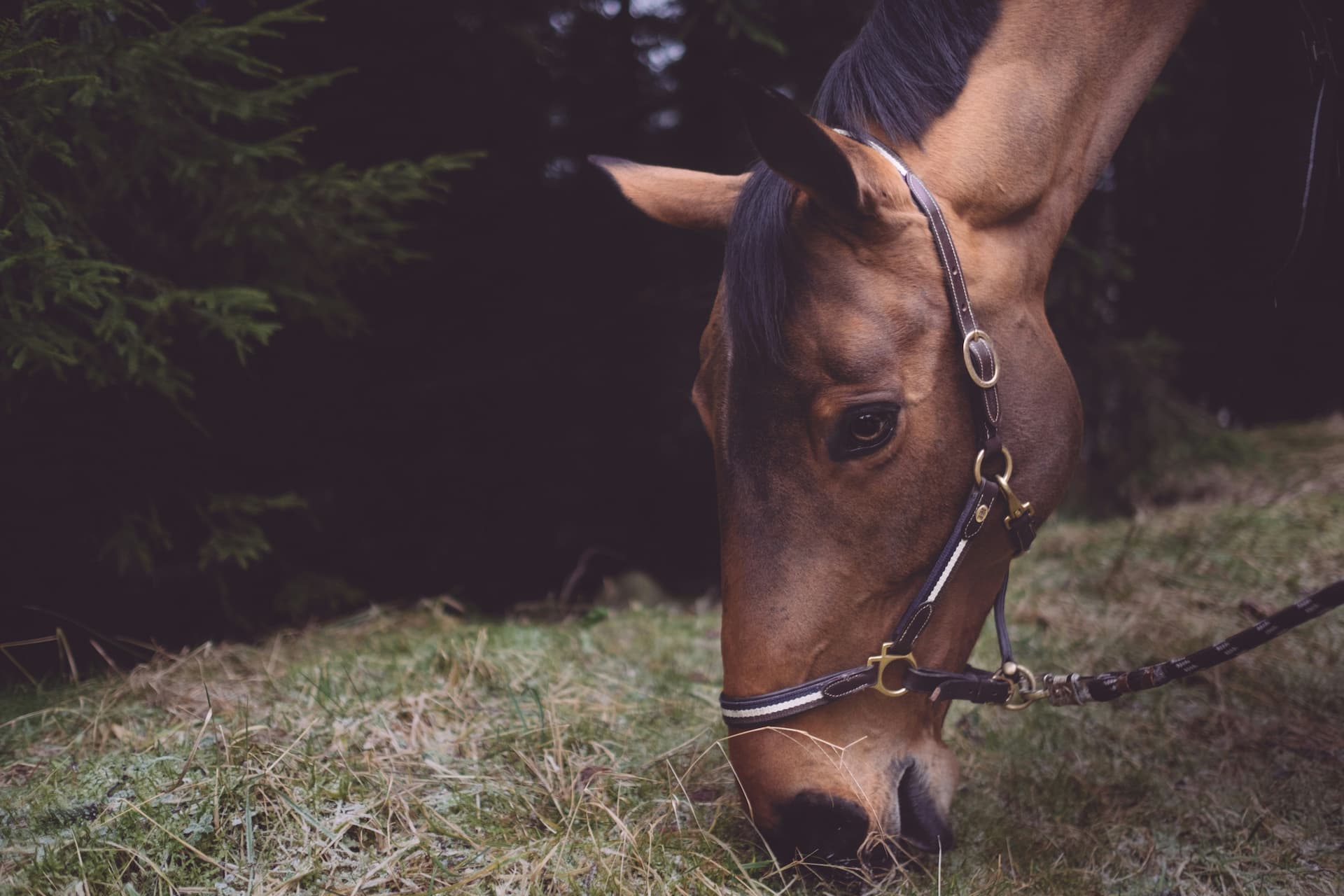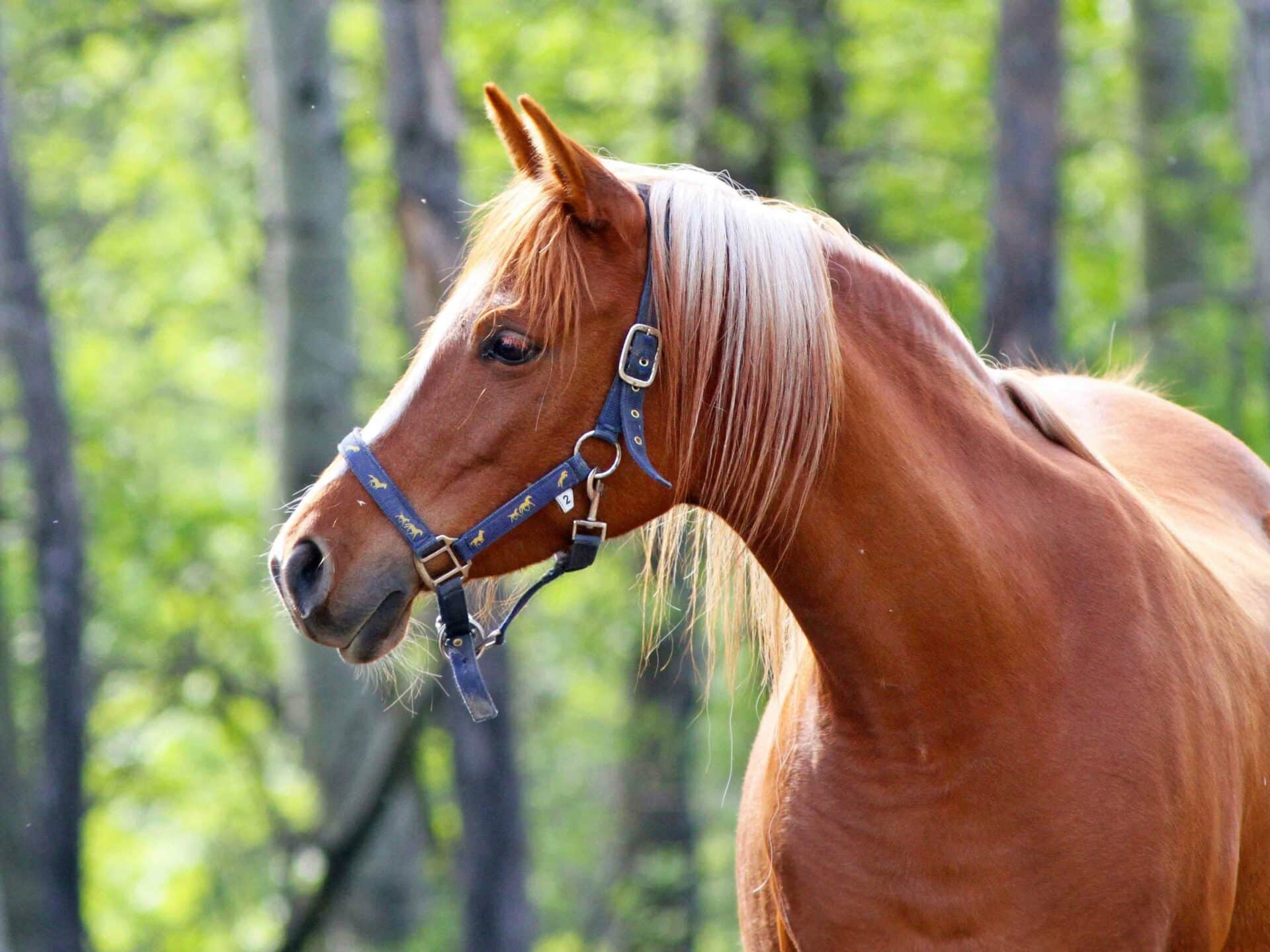
Pain in Silence: How to Spot the Subtle Signs of Discomfort in Your Horse
Your horse doesn’t need to limp or cry to be in pain. In fact, most horses won’t show any obvious signs at all. By nature, horses are incredibly stoic animals. They are wired for survival and have learned over thousands of years to mask discomfort to avoid appearing vulnerable. But as a caring horse owner, you don’t need to wait for the loud signs. Your horse’s body, behavior, and routines offer quiet clues if you know what to look for.
Learning to identify the subtle signs of discomfort in horses can make all the difference in catching issues early, reducing suffering, and keeping your horse comfortable and healthy for the long haul.
Silence Isn’t Comfort: Why Horses Hide Their Pain
Horses are prey animals, which means their instincts are rooted in self-preservation. Showing weakness in a herd or in the wild could draw the attention of predators. While your horse might live in a cozy barn or lush pasture today, those instincts haven’t changed. This survival wiring often causes horses to suppress outward signs of pain, especially when the discomfort is mild or just beginning.
As a result, it’s common for discomfort to go unnoticed until the issue becomes more advanced and harder to treat. Recognizing the early signs of discomfort is one of the best ways to be proactive about your horse’s well-being.
Subtle Physical Signs You Should Never Ignore
Some of the first indicators of discomfort are changes in your horse’s body language, posture, or movement. They may be small, but they’re meaningful.
Posture Shifts
Horses in pain often stand differently to compensate. This might look like frequently shifting weight from one leg to another, pointing a hind leg, or standing with their back slightly rounded. You might also notice that they rest more than usual or resist certain positions, especially when asked to move or bend.
Changes in Gait
Even if your horse isn’t limping outright, pay attention to subtle changes in how they move. Look for things like toe dragging, a shortened stride, a slight head bob, or reluctance to move forward. These small differences may be early signs of lameness or joint discomfort.
Facial Expressions
Your horse’s face can say a lot. Pinched nostrils, a tight or wrinkled muzzle, tension around the eyes, or clenched jaws can all be signs of discomfort. Some horses even develop a “pain face,” which can be noticed when they’re resting or working.
Sensitivity During Grooming or Saddling
If your horse flinches, pins their ears, or swishes their tail when touched in certain areas especially the back, girth, or flanks. It could signal muscle soreness or spinal discomfort. Watch how your horse reacts to the saddle or grooming tools, and compare it to their usual behavior.
Muscle Tension
Tight, twitchy, or uneven muscles along the back or hindquarters can suggest underlying soreness or inflammation. You may also notice asymmetry, like one side appearing more developed or stiff than the other.
Behavior Changes That May Signal a Problem
Discomfort doesn’t only show up physically. Horses often express pain through changes in mood, attitude, or behavior. These shifts can be subtle or mistaken for training problems, personality quirks, or “bad days.”
Reluctance During Work
If your horse suddenly resists being ridden, bucks, refuses to pick up a lead, or seems unusually stiff, discomfort may be the root cause. Changes in work ethic are often misread as defiance when they’re actually the horse’s way of saying, “Something doesn’t feel right.”
Increased Irritability
A normally sweet horse that starts pinning their ears, nipping, or showing signs of agitation might be dealing with discomfort. This can happen both under saddle and during simple tasks like leading or grooming.
Restlessness in the Stall
Watch for pacing, pawing, frequent lying down, or changes in how your horse positions themselves in the stall. These behaviors can point to anything from joint pain to abdominal discomfort.
Feeding Behavior
Slower eating, dropping grain, dunking hay, or decreased water intake may be related to dental pain, ulcers, or other internal discomfort. Since horses eat multiple small meals daily, any change is worth noting.
Loss of Social Interest
If your usually friendly horse starts avoiding people or herd mates, or seems withdrawn, it may be a subtle call for help. Changes in social behavior are often overlooked but can indicate ongoing pain or emotional distress.
Matching Clues to Potential Pain Sources
While only a licensed equine veterinarian can diagnose the specific cause of your horse’s discomfort, certain signs can help point in the right direction.
- Head tossing, bracing, or bit resistance may indicate dental pain or poor bridle fit.
- Reluctance to move forward, stiff bending, or back hollowing can stem from saddle issues or back and stifle pain.
- Grinding teeth, frequent yawning, or stretching out like to urinate can be signs of gastric ulcers or digestive upset.
- Toe dragging, shortened strides, or inconsistent gaits often relate to joint issues, hoof pain, or early lameness.
This isn’t a checklist for diagnosis. It’s a way to gather useful information to bring to your veterinarian during an evaluation.
Equine Acupressure and Equine Chiropractic Services
If you’ve noticed even one or two of these subtle changes, especially if they continue over several days, don’t ignore them. Horses rarely improve without support, and many painful conditions progress gradually until they reach a tipping point.
A trained equine veterinarian can perform a hands-on evaluation, observe your horse in motion, and use diagnostic tools to determine the root cause. In many cases, early intervention can prevent long-term damage and reduce treatment time. With our equine acupressure and equine chiropractic care, your horse can find relieve and recovery.
It’s also worth scheduling regular wellness checks, even when your horse seems fine. These routine appointments often uncover hidden issues before your horse shows obvious symptoms.
As a horse owner, your daily observations matter. You know your horse better than anyone, and those “something’s off” instincts are worth trusting.
The Quiet Ways Horses Ask for Help: Don’t Miss the Subtle Signs of Pain
Horses don’t cry out when they’re in pain. They whisper through changes in movement, expression, and mood. If you’ve noticed your horse behaving differently, even just a little, don’t wait for things to get worse.
At Shalako K Veterinary Medicine, we know that spotting pain early can change everything for your horse’s comfort and longevity. Our mobile equine veterinary services throughout North Central Texas are here to support you with diagnostic evaluations, lameness exams, and pain management plans that keep your horse happy and moving freely.If your horse seems a little off, call us at (214) 551-5334. We’re here to help your horse feel like themselves again quietly, gently, and with expert care.

